Here's how to manage the oil.

The Best Tips For Greasy Hair
For most of us, greasy hair is as inevitable at some point or another. But—as inconvenient as it can be, especially on days where you have no time to hit the shower—it's a somewhat misunderstood issue.
Having an oily scalp isn't in itself bad—natural oils actually protect your scalp from environmental damage—there can be too much of a good thing, especially if you have fine or straight hair. Excess oil can make your hair feel limp, lifeless, and a little grimy, even if you do have time to shampoo every day.
Luckily, there are a ton of easy fixes you can make that don't involve tossing your hair into a ponytail (though it's always a safe bet). We spoke to hairstylists about why you get oily hair in the first place, and the best tips to manage grease.
Why does my hair get greasy?
Just like the skin on your face, the sebaceous glands on your scalp produces oil as a protective barrier, and to keep the skin from drying out. And just like your face, some people simply produce more oil. “Everyone’s scalp is different,” says Lauren Grummel, a New York City-based hairstylist. “The amount of oil your scalp produces is generally based off genetics.”
If you've always had greasy hair, chances are it's genetic. But if it's a new change, it could be due to the products you're using. Or, Grummel says that over-washing your hair is a common cause of a greasy scalp, as this can kick oil production into overdrive since your scalp is trying to make up for the lost oil.
It could also be a seasonal thing. “Twice a year you may be more prone to things like thinning, hair loss, static, or greasiness,” says celebrity hairstylist Laura Polko. “Be aware of these and adjust your products accordingly. More importantly, ride it out. Itpass.”
How to get rid of greasy hair
The obvious answer here is to wash your hair, but for those days when you can't make it to the shower, Grummel says to reach for the dry shampoo. However, she says to use it only when you need to, as it can often make oil worse in the long run.
“Dry shampoo can clog the pores on your scalp,” she says. “Just like we wouldn’t wear the same makeup on our face with out washing it for days, we shouldn’t leave on and add styling products to our hair for days and days. But dry Shampoo is great if you know you’ll be washing it out the next day.”
You can also try washing your hair less. While it seems counterintuitive, it will actually slow oil production down in the long run. Start by washing every other day, slowly working your way to once or twice a week. While there may be an adjustment period, it will eventually level out.
The best shampoos for greasy hair
If a greasy scalp is a new problem, Polko recommends looking for keywords like “clarifying” and "detoxifying" on your shampoos. She also says to try a scalp scrub to banish product buildup. “It’s important to start at the scalp—you need a fresh scalp to keep hair healthy," she says.
“Finding the right shampoo and conditioner makes all the difference,” says Grummel. She suggests trying shampoos that are paraben and sulfate free, as they're gentler on your hair (she loves Act + Acre's products for the scalp). She also recommends seeking out ingredients like tea tree oil, thyme extract, and rosemary extract which balance oil production. “Witch Hazel is [another] known natural antiseptic that helps detoxify the hair and scalp. It also tightens the cuticle, adds radiance and restores balance so that hair looks and feels soothed and softened.”
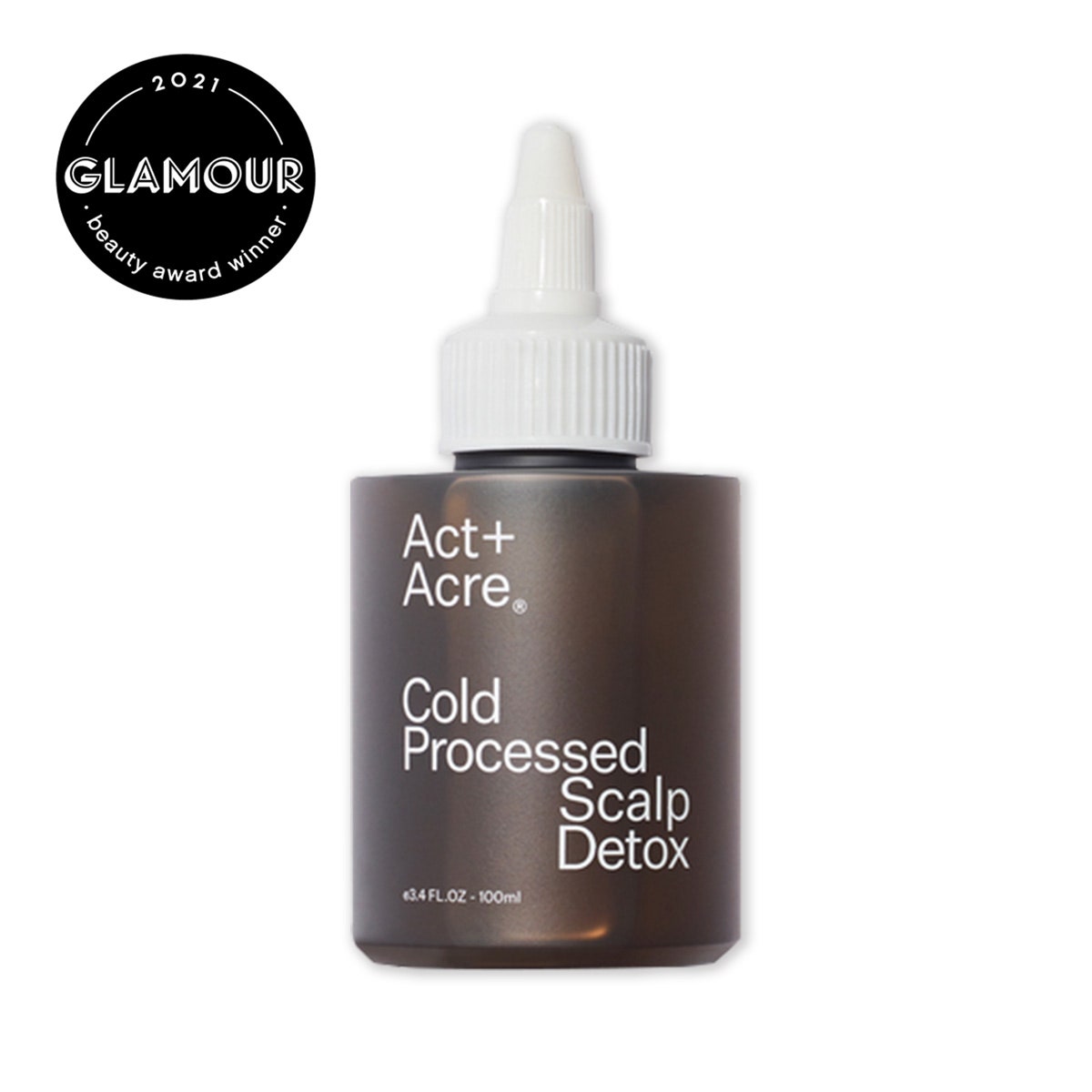
Act + Acre Cold Pressed Scalp Detox
$42Act + Acre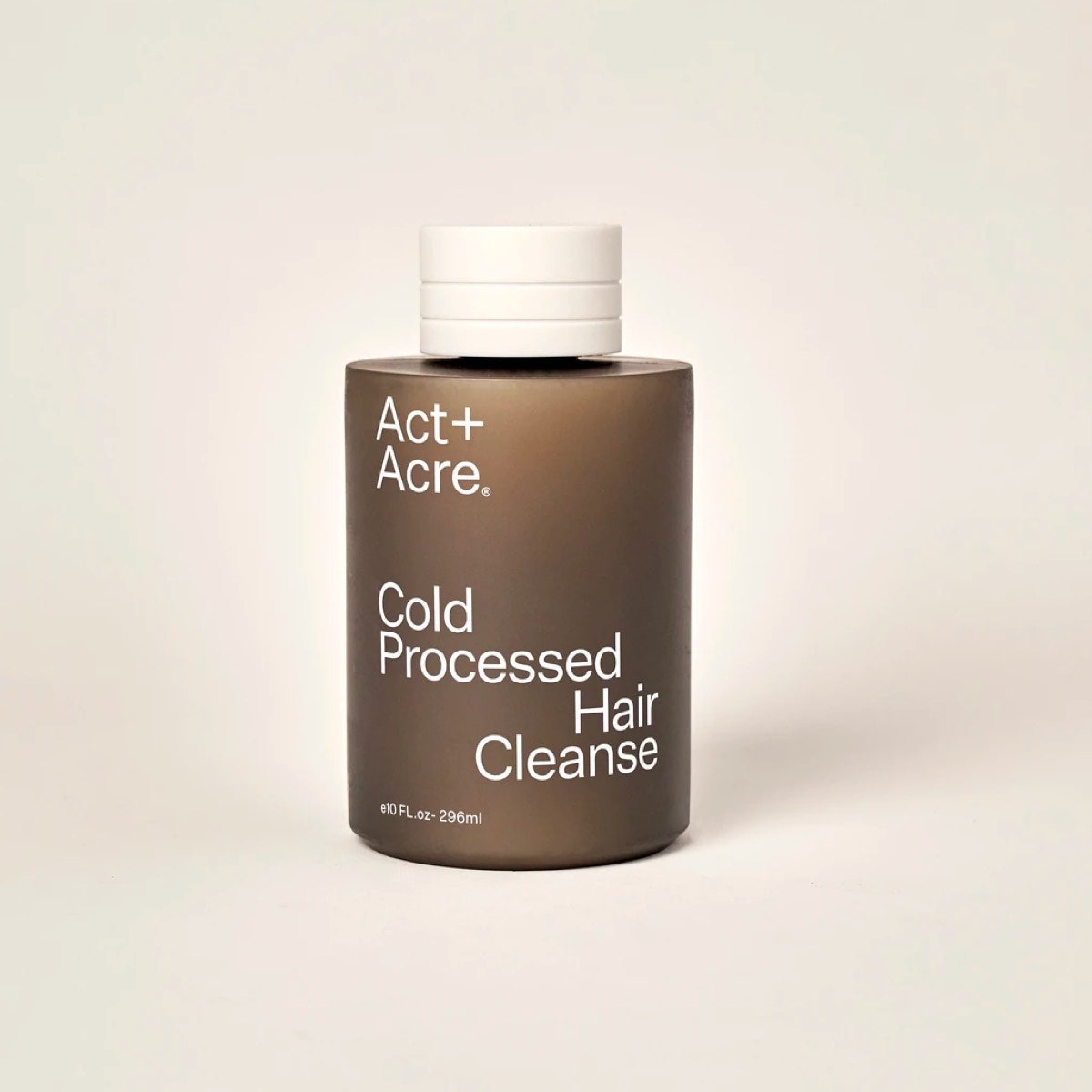
Act + Acre Cold Processed Hair Cleanse
$28Act + Acre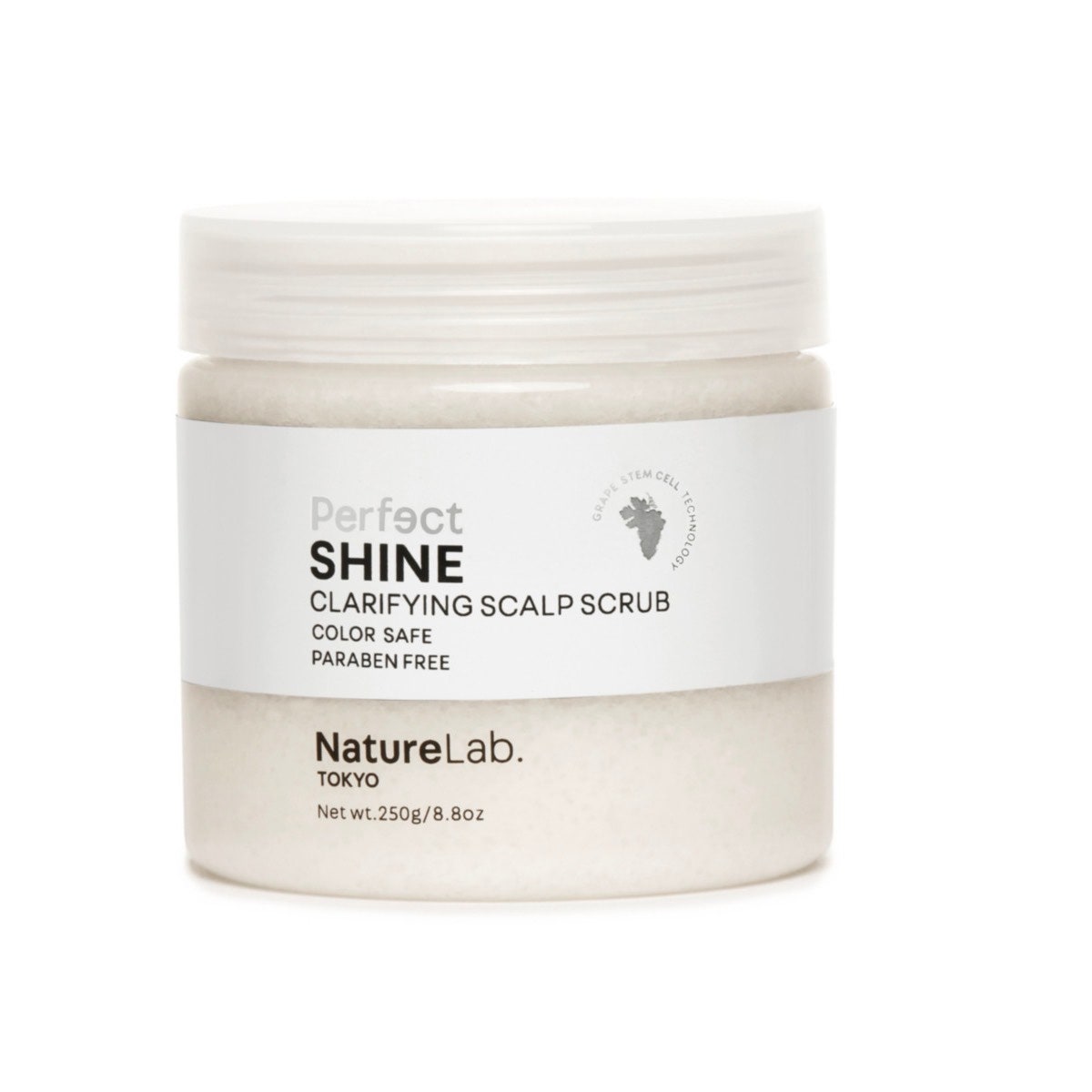
NatureLab. Tokyo Perfect Shine Clarifying Scalp Scrub
$17NatureLab. Tokyo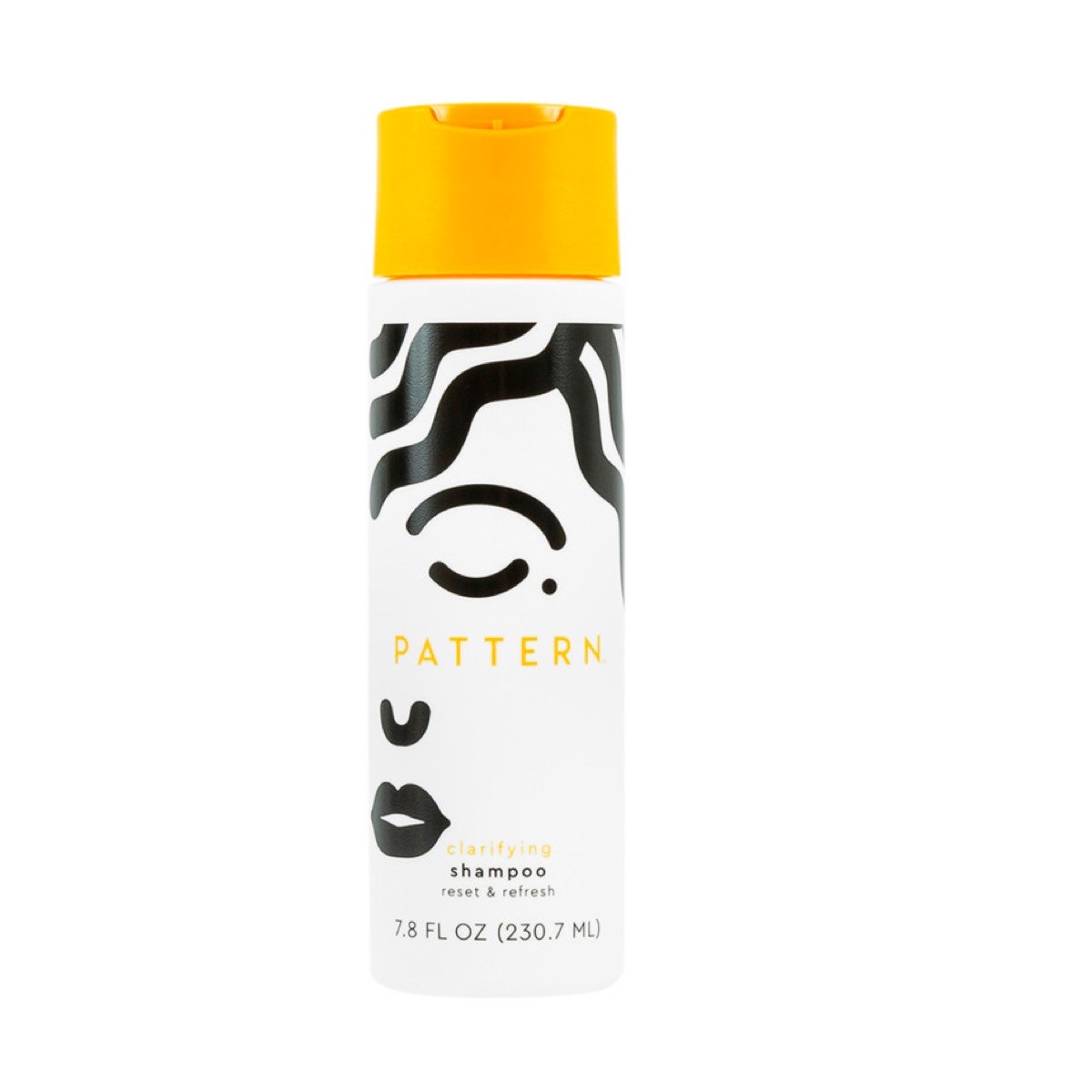
Pattern Clarifying Shampoo
$20UltaHow to prevent greasy hair
To prevent a build-up of oil and product, Grummel recommends using a pre-wash like Kevin Murphy's Maxi Wash once a week before your regular shampoo and conditioner for a deep-cleaning. She also recommends applying your conditioner with your head tipped upside down, so you can really focus on the ends. “This will guarantee that conditioner wont get on your roots making your hair greasier.”
She also says to make sure you're thoroughly washing your hair. “Sometimes two or even three shampoos are necessary, especially if you haven’t washed in a few days and have product build up." Once your hair is dry, Grummel recommends brushing with a boar-bristle brush like a Mason Pearson to make sure the oils from your scalp are evenly distributed.
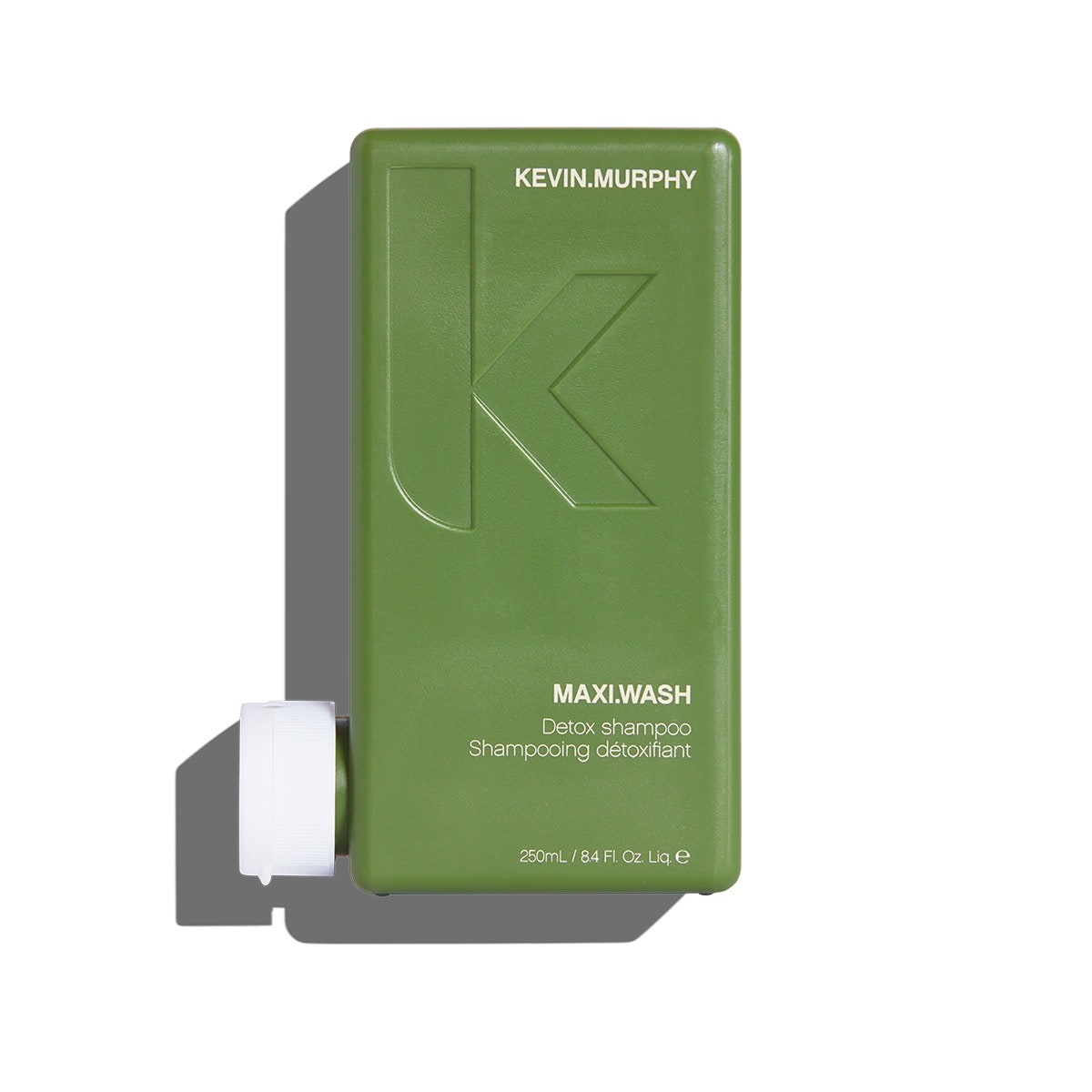
Kevin.Murphy Maxi.Wash
$33Kevin Murphy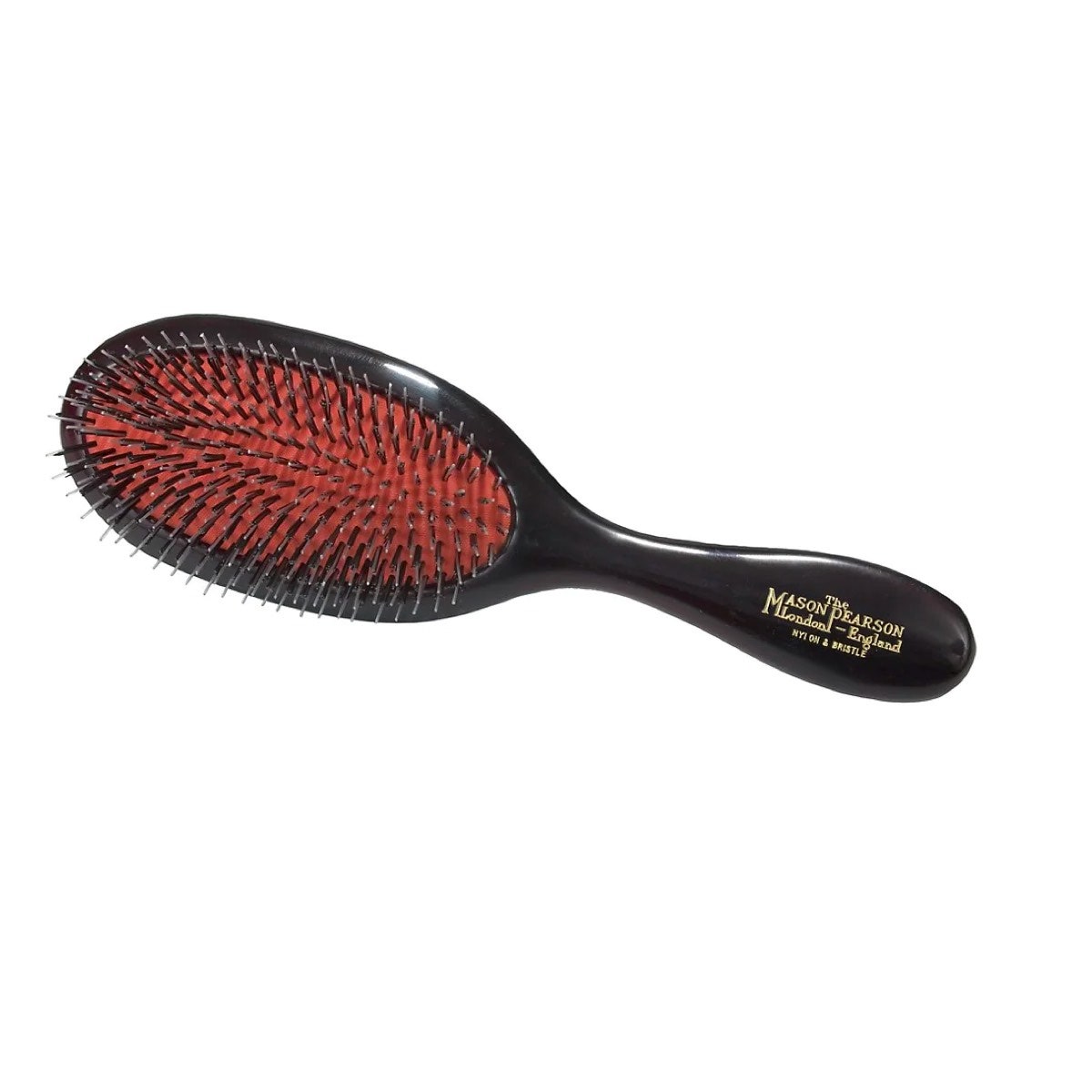
Mason Pearson Handy Mixture Brush
$175Mason Pearson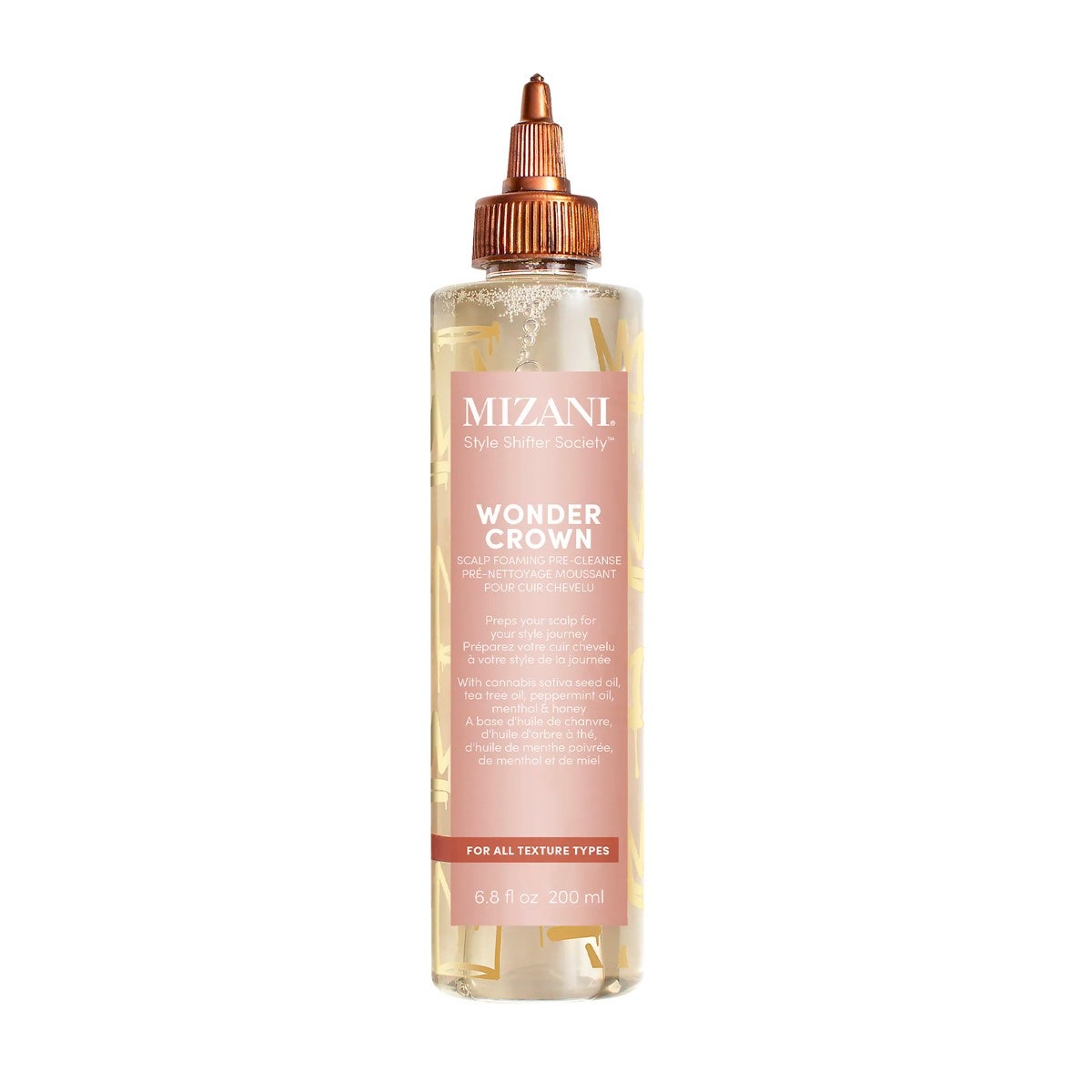
Mizani Wonder Crown Scalp Foaming Pre-Cleanse
$24Mizani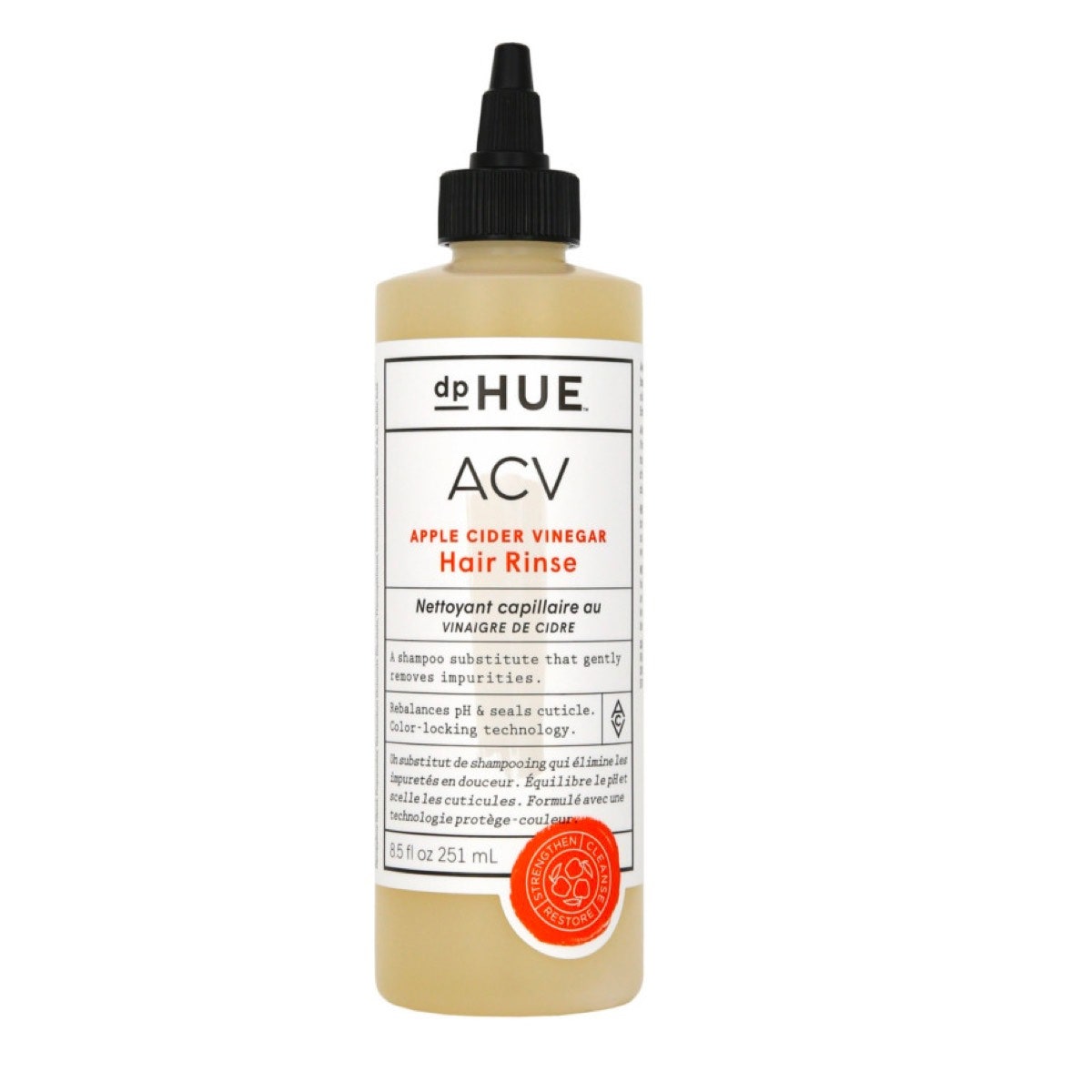
dpHUE Apple Cider Vinegar Hair Rinse
$35dpHUEFinally, you can always just work with what have. “Don’t fight your hair’s natural oil, and avoid over-using dry shampoo to prevent your hair from becoming dependent on it,” says Polko. “Greasy hair is the best for a slicked back look,” she adds.“Consider a tight pony or bun, or a half-up hairstyle.” She likes to use a hair mask like NatureLab. Tokyo Perfect Repair Treatment Masque to slick back second or third-day hair for extra moisture, or try using clips or headbands to hide any grease.
Bella Cacciatore is the beauty associate at Glamour. Follow her on Instagram @bellacacciatore_.
This story originally appeared on: Glamour - Author:Bella Cacciatore


















